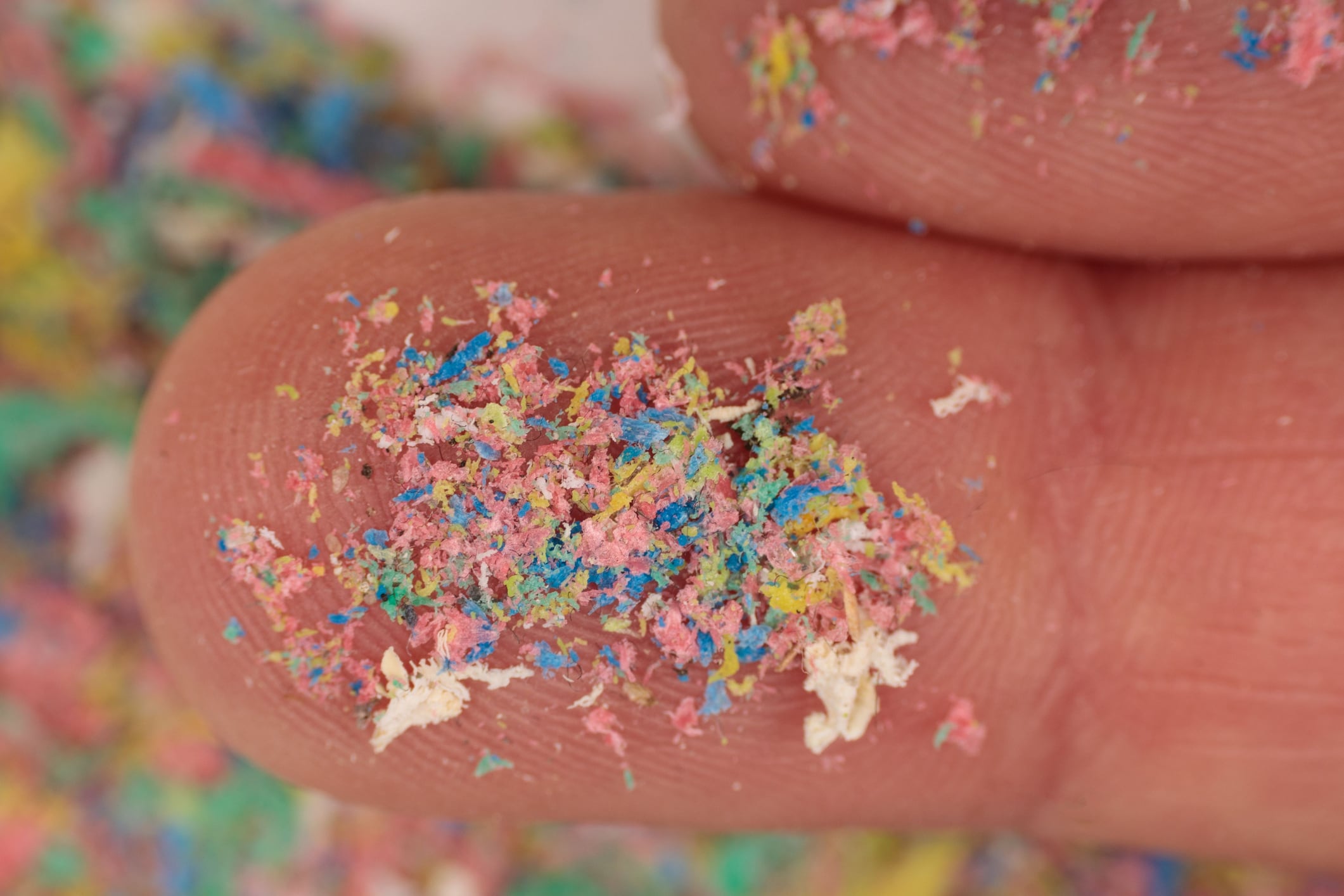Nearly two years after the European Union adopted its sweeping ban on intentionally added microplastics, North American cosmetics brands are feeling the weight of the regulation.
While the industry still has years before full compliance is required for many products, industry stakeholders say the clock is ticking, especially for brands with international footprints or growing demand for sustainability.
EU phaseout enters a pivotal stage for global brands
The European Commission, which is the primary executive branch of the European Union, adopted Regulation (EU) 2023/2055 in September 2023 as an amendment to the EU REACH framework. While the restriction took effect in October of that year, the rule includes multiple transition periods depending on product type.
According to the European Commission, different transitional periods apply depending on the type of product. The Regulation states:
- Rinse-off products may be placed on the market until 16 October 2027 inclusive.
- Leave-on products may be placed on the market until 16 October 2029 inclusive.
- Make-up, lip and nail products may be placed on the market until 16 October 2035 inclusive.
Although those dates may still seem distant, companies that haven’t yet begun reformulation or raw material qualification could soon find themselves squeezed by development timelines, regulatory complexity, or limited access to compliant ingredients.
“Brands that weren’t directly affected early on are now feeling the impact, especially those that export into Europe or work with global supply chains,” Lauren Leonard, global market development manager at Eastman, told CosmeticsDesign. “It’s no longer theoretical—compliance is becoming urgent.”
Formulation planning must now align with EU deadlines
According to Leonard, North American manufacturers should view the transitional periods not as breathing room, but as a roadmap for staged reformulation. For most global brands, rinse-off products are the first priority, given the 2027 cutoff.
“To adapt, brands must take a proactive and strategic approach,” Leonard said. “That means investing in R&D to identify and integrate safe, biodegradable alternatives to ensure alignment with the regulatory requirements.”
While many U.S. brands are not legally bound by EU policy, the regulation’s global market impact is becoming harder to ignore, particularly for contract manufacturers, raw material suppliers, and multinational product lines.
“Shifts in consumer demand combined with evolving regulations present brands with opportunities to innovate and gain a competitive edge through strategic ingredient selection,” she said.
Replacing microplastics without compromising performance remains a hurdle
Synthetic polymer microparticles have been widely used in color cosmetics and skin care to enhance texture, improve spreadability, and achieve a more visually appealing finish. For brands now under pressure to eliminate them, “one of the biggest barriers holding brands back from moving away from the commonly used synthetic polymer microparticles is performance,” Leonard said. “Replacing them with regulatory-compliant alternatives requires significant R&D investment to ensure that formulation performance isn’t compromised.”
Leonard pointed to Eastman’s launch of Esmeri CC1N10, a biodegradable cellulose ester micropowder designed to comply with OECD 301B guidelines, as an example of how the company is adapting. The ingredient, made from 63% sustainably sourced wood pulp, is intended to offer a high-performance alternative to conventional microplastic-based materials.
“Cosmetic ingredient suppliers are continuously exploring different raw material sources and new material structures,” she said. “At Eastman, innovation in materials science has been key to developing our latest high-performance personal care ingredient.”
Consumers in North America are demanding better ingredients, too
In parallel with regulatory pressure, North American consumers are increasingly scrutinizing the ingredients listed on labels. According to Eastman’s recent research, which surveyed 4,000 women in the U.S., UK, Brazil, France, and Germany, biodegradability is top of mind, but not at the expense of results.
“Eastman’s extensive market research shows that while interest in biodegradable solutions is strong, consumers still expect uncompromising product performance,” Leonard said.
Three out of four U.S. respondents said they were interested in purchasing color cosmetics that contain biodegradable microbeads. Ninety percent said they would consider trying a new brand offering those options, and nearly two-thirds said they would pay more for them. However, fewer than half of participants reported satisfaction with the long wear of their current products.
“These findings reveal that while consumers are ready for biodegradable beauty solutions, they are not willing to compromise on performance,” Leonard said.
MoCRA and global standards raising the bar for North American brands
Although the U.S. has not enacted a national ban on microplastics in cosmetics, other regulatory shifts are raising the baseline. The Modernization of Cosmetics Regulation Act (MoCRA), signed into law in 2022, requires companies to maintain safety documentation, register product facilities, and substantiate label claims, all of which are contributing to greater scrutiny of ingredients.
Leonard believes North American brands must think globally even when selling domestically, as regulatory alignment and consumer expectations begin to converge across markets.
“During my time working directly with customers seeking cosmetic products, I noticed a growing trend of consumers carefully examining ingredient lists on boxes and bottles,” she said. “Over the years, consumers have increasingly demanded clear and detailed information about ingredient lists and product manufacturing, emphasizing the importance of brand transparency.”
Certifications such as COSMOS, RSPO, and Fair Trade are also playing a larger role in ingredient sourcing and product positioning, Leonard added, especially as retailers and private-label buyers ask tougher questions about sustainability.
Sustainability-led innovation is moving from optional to expected
The EU microplastics restriction may still be years away from full enforcement for make-up and lip products, but according to Leonard, the smartest brands are acting now and not waiting for deadlines to arrive.
“Bold innovation involves rethinking ingredients and formulations to effortlessly integrate regulatory compliance while delivering superior product performance,” she said. “It focuses on creating solutions that not only meet the highest consumer expectations but also consider environmental impact.”
She pointed to Esmeri CC1N10’s versatility as one example. In lipsticks, the ingredient enhances color intensity and smoothness. In foundations and tinted creams, it supports a soft-focus, mattifying effect. And in pressed powders, it improves compaction and payoff, which she described as critical features for performance-minded consumers.
“By embracing innovative materials that comply with microplastic regulations, brands can drive more sustainable innovation,” she said, “meeting consumer expectations for both product performance and environmental impact.”





